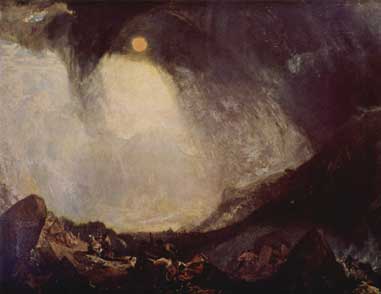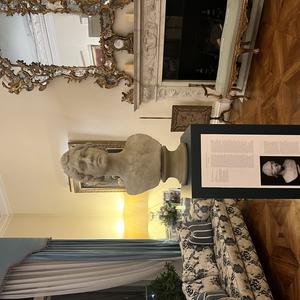1812 - Byron publishes Childe Harold I and II; Turner paints Snow-Storm: Hannibal and his Army Crossing the Alps
Childe Harold’s Pilgrimage is a lengthy narrative poem written in four cantos, the first two of which were published in 1812. The poem describes the experiences and impressions of a young man, Childe Harold, who travels through Europe in search of distraction after becoming disillusioned with his life of revelry and frivolity. In a broader sense Harold is often considered emblematic of the disillusionment felt by the British youth in the aftermath of the French Revolution and Napoleonic Wars. Although Byron vigorously denied any identification with the protagonist upon publication, the pilgrim is the first clear example of a Byronic Hero - an idealised yet flawed character. The poem met with great success in 1812 and Byron wrote that same year that ‘I woke up and found myself famous’ yet over time he grew to dislike the work as an example of the ‘false exaggerated style of youth’.
J.M.W. Turner was an English Romantic landscape painter who worked with oils, watercolours and printing to create work that could ‘stirringly and truthfully measure the moods of Nature’ (John Ruskin). Turner revolutionised landscape painting by portraying nature as an untamable and destructive force, a theme he first explored in his oil painting, Snow-Storm: Hannibal and his Army Crossing the Alps. Often referred to as ‘the painter of light’, Turner is credited with inspiring Monet’s Impression, Sunrise - the painting which triggered the Impressionist movement.

















